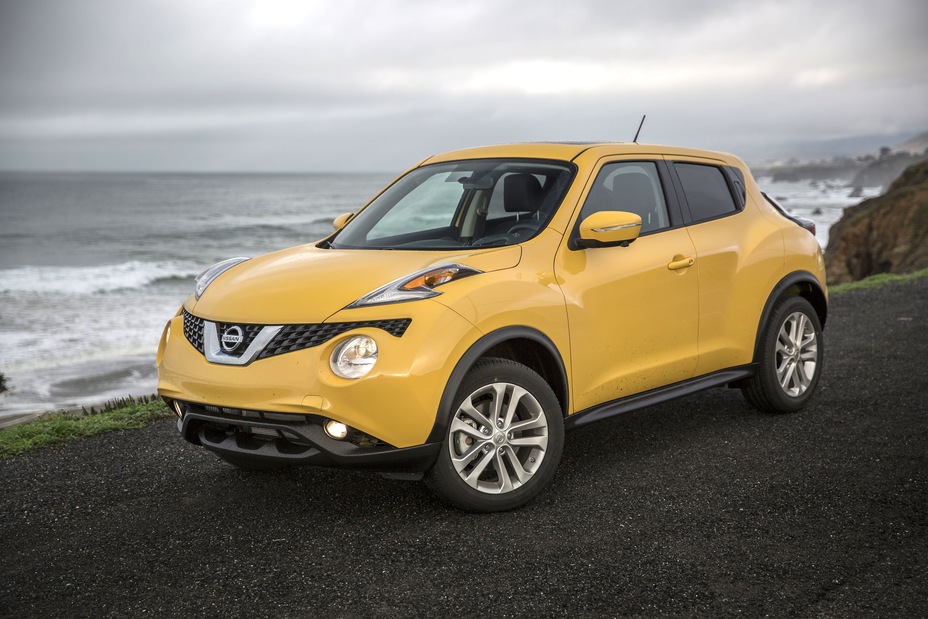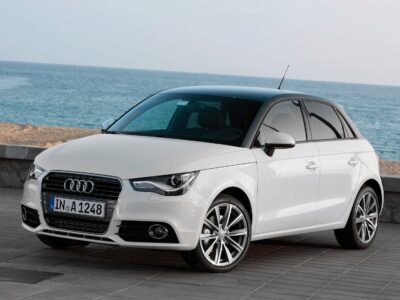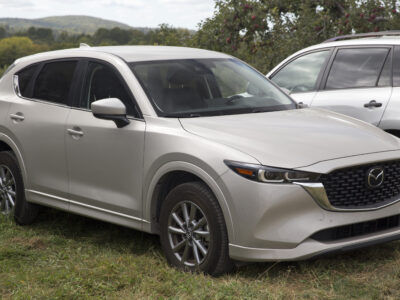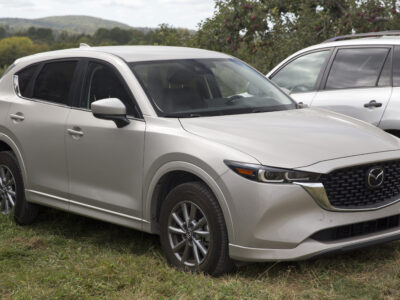
Nissan Juke Real-World Fuel Consumption: What Drivers Actually See

- Nissan Juke Real Fuel Consumption – An In-Depth Owner-Driven Review
- Understanding the Official Figures vs Real-World Reality
- Breakdown by Generation and Power-Train
- Real-World Figures for UK Drivers – A Summary
- Conversion & Reference Table – MPG vs L/100 km
- Why Owners Report Higher Consumption
- Practical Guidance for Buyers
- Summary – Our Final Verdict
Nissan Juke Real Fuel Consumption – An In-Depth Owner-Driven Review
When we examine the Nissan Juke’s fuel economy across its generations, one truth stands out: the real-world numbers differ notably from what’s on paper. Below, we break down the facts, the numbers, and what owners actually experience behind the wheel.
Understanding the Official Figures vs Real-World Reality
Official Figures – WLTP and Manufacturer Claims
Nissan’s published fuel economy figures are measured under the Worldwide Harmonised Light Vehicles Test Procedure (WLTP), which tends to produce optimistic results. For instance, the Juke Hybrid officially claims around 58.9 mpg combined, but such results are rarely matched in everyday use.
Real-World Data from Owners
Driver reports and independent tests consistently show higher consumption than the lab results. In real conditions:
- Petrol Juke models from 2012-2015 typically average between 25–28 mpg.
- Diesel versions achieve around 50–55 mpg depending on conditions.
- Second-generation Juke models (2020 onwards) average roughly 43 mpg across owners’ reports.
Why the Differences Occur
Laboratory conditions can’t replicate real traffic, weather, or driving styles. Factors such as acceleration habits, tyre condition, load, and terrain all contribute to real-world deviations that make fuel consumption 15–30% higher than advertised.
Breakdown by Generation and Power-Train
First Generation (2010-2019 – Type F15)
Petrol & Diesel Variants
The first-generation Juke offered several petrol and diesel engines.
- Petrol models: Typically deliver between 30–40 mpg in real driving.
- Diesel 1.5 dCi: Known for strong efficiency, often achieving 50–55 mpg on average.
Although the diesel engines were closest to official figures, petrol models frequently consumed about 25–30% more than Nissan’s claims.
You may be interested in reading MG HS Fuel Consumption and Efficiency Guide
MG HS Fuel Consumption and Efficiency GuideKey Figures – First Generation
| Engine / Fuel Type | Official Combined | Typical Real-World |
|---|---|---|
| Diesel 1.5 dCi | ~55 mpg | ~50–55 mpg |
| Petrol 1.0 / 1.2 / 1.6 DIG-T | ~47 mpg | ~30–40 mpg |
Second Generation (2020–Present)
The second-generation Juke brought more efficient engines and a new hybrid option.
- Petrol 1.0 DIG-T: Delivers around 43 mpg in real conditions.
- Hybrid 1.6: Performs best in mixed driving, averaging between 45–50 mpg.
Hybrid Version Specifics
The hybrid system combines a 1.6 L petrol engine with an electric motor, allowing smoother, more economical urban driving.
- Official combined: Around 56 mpg
- Typical real-world: Mid-to-high 40s mpg
Drivers who mostly travel in cities see the best returns thanks to electric assistance.
Real-World Figures for UK Drivers – A Summary
By Fuel Type
- Petrol: Averages 30–40 mpg in daily driving, depending on the generation.
- Diesel: Around 50–55 mpg, with superior performance on motorways.
- Hybrid: Achieves 45–50 mpg and performs best in urban traffic.
By Driving Conditions
- Urban traffic: Fuel consumption increases significantly, especially in petrol models.
- Motorway driving: Closer to official figures, particularly for diesel and hybrid versions.
- Mixed use: Expect about 40–45 mpg as a realistic combined average.
UK Real-World Averages Summary
Across all Juke models, the combined real-world average stands between 41 and 43 mpg. Petrol engines are least efficient, while diesels and hybrids remain closest to official expectations.
Conversion & Reference Table – MPG vs L/100 km
| UK MPG | L/100 km (Approximate) |
|---|---|
| 40 mpg | 7.1 L/100 km |
| 45 mpg | 6.3 L/100 km |
| 50 mpg | 5.6 L/100 km |
| 55 mpg | 5.1 L/100 km |
This table helps translate between UK MPG and European consumption metrics.
Why Owners Report Higher Consumption
Driving Style
Hard acceleration, frequent braking, and high speeds can raise consumption dramatically. Smooth driving and consistent speeds enhance fuel efficiency.
Vehicle Load & Condition
Carrying heavy loads, under-inflated tyres, or roof racks increases drag and fuel use. Proper maintenance and tyre pressure can improve economy by up to 10%.
You may be interested in reading MG HS Fuel Consumption and Efficiency Guide
MG HS Fuel Consumption and Efficiency Guide Volvo XC40 0–60 Times and Quarter Mile Performance (2019–2025 Full Guide)
Volvo XC40 0–60 Times and Quarter Mile Performance (2019–2025 Full Guide)Transmission & Gearbox Type
Automatic and dual-clutch transmissions often consume slightly more fuel than manual ones, particularly in older Juke generations.
Climate & Terrain
Cold weather, hilly terrain, and heavy use of climate control all lead to increased fuel consumption.
Hybrid Operation
Hybrids perform best in city driving, where regenerative braking and electric assist reduce petrol use. On motorways, hybrids rely mostly on the petrol engine, reducing efficiency gains.
Practical Guidance for Buyers
Choose the Right Variant
- Urban driving: Opt for the hybrid to maximise efficiency.
- Long-distance driving: Diesel versions offer better fuel economy and range.
- Occasional city use: Petrol models are fine but expect higher running costs.
Check Verified Owner Reports
Before buying, compare multiple real-world reports from different drivers. Average figures from online communities often reflect daily driving better than manufacturer data.
Optimise Efficiency
- Keep tyres properly inflated
- Avoid unnecessary idling
- Service the car regularly
- Drive smoothly and anticipate traffic flow
Summary – Our Final Verdict
The Nissan Juke’s real-world fuel consumption is consistently higher than official WLTP figures.
- Petrol models consume around 20–30% more fuel than advertised.
- Diesel versions deliver the most stable and efficient performance.
- Hybrids bridge the gap, offering realistic economy in everyday driving.
Ultimately, real-world consumption averages around 41–43 mpg, with clear differences based on engine type and driving environment. By choosing the right variant and maintaining good driving habits, owners can significantly narrow the gap between official and actual fuel efficiency.
You may be interested in reading MG HS Fuel Consumption and Efficiency Guide
MG HS Fuel Consumption and Efficiency Guide Volvo XC40 0–60 Times and Quarter Mile Performance (2019–2025 Full Guide)
Volvo XC40 0–60 Times and Quarter Mile Performance (2019–2025 Full Guide) Volvo XC40 Fuel Consumption: Complete Efficiency and MPG Guide (2019–2025)
Volvo XC40 Fuel Consumption: Complete Efficiency and MPG Guide (2019–2025)If you want to know other articles similar to Nissan Juke Real-World Fuel Consumption: What Drivers Actually See you can visit the category Driving.
Deja una respuesta





More content of your interest